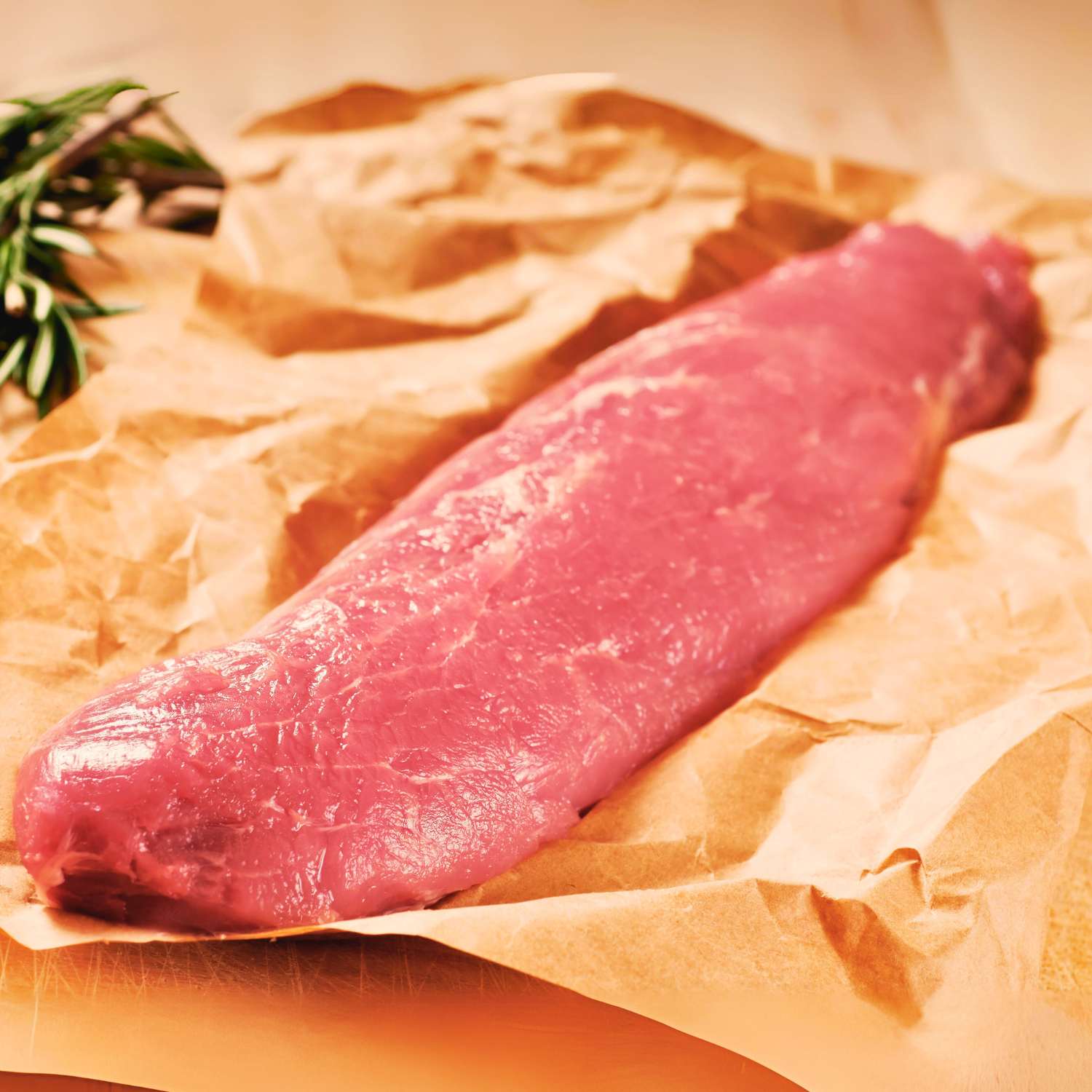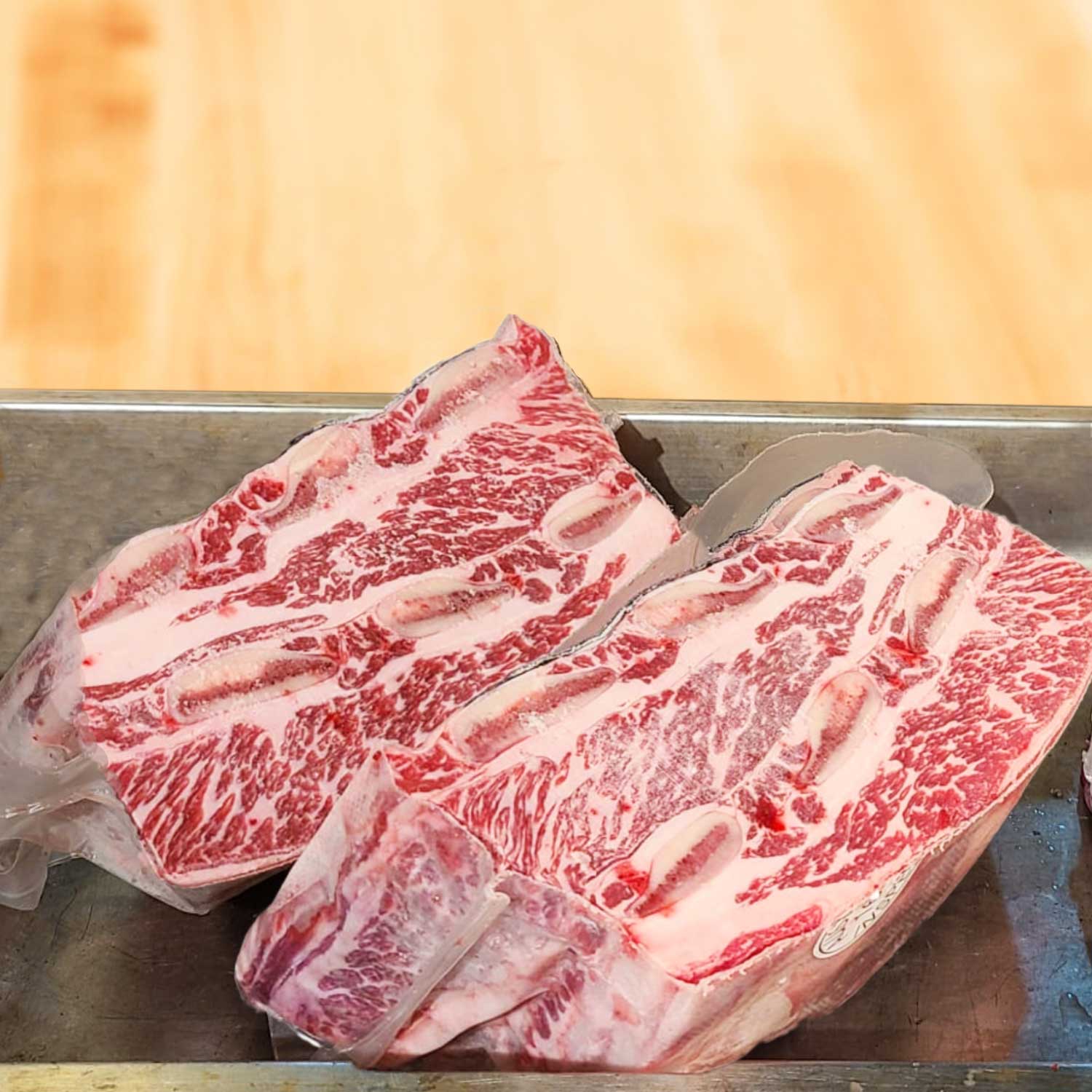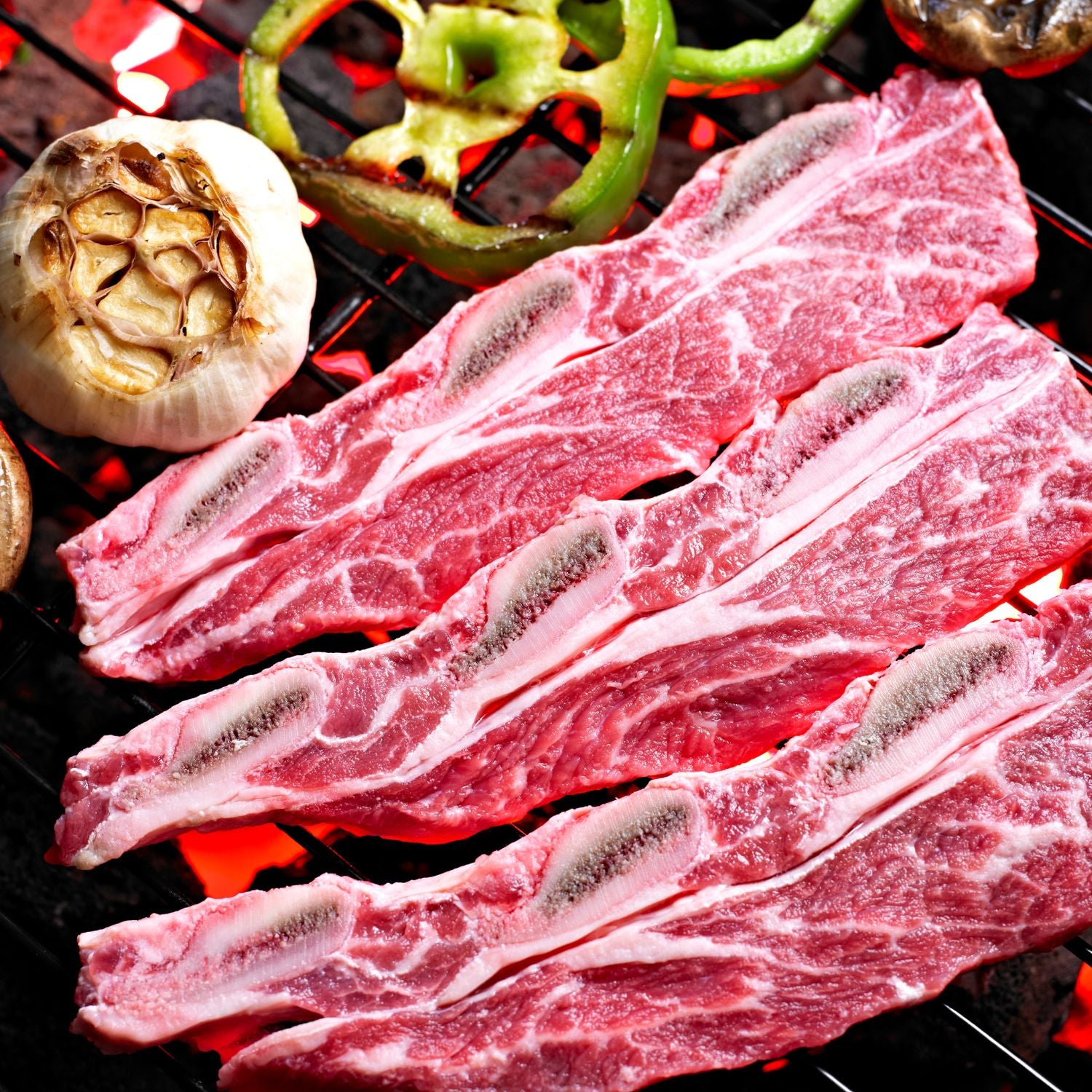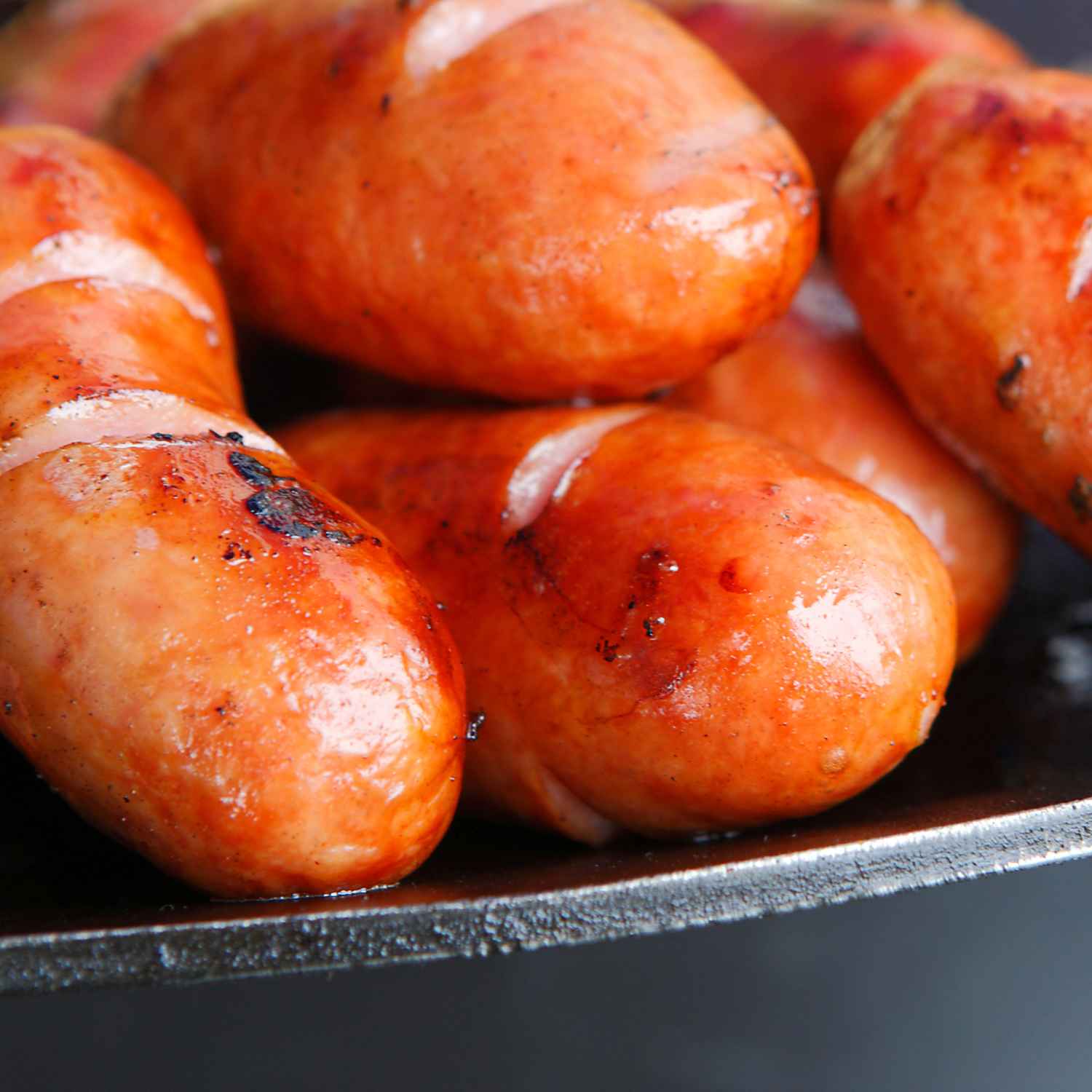Introduction to Grass-Fed Roast Beef Cooking Techniques
Understanding Grass-Fed Beef Quality
Grass-fed beef quality matters a lot in cooking. It has a richer taste and more nutrients. It is also leaner than grain-fed beef. In Hong Kong, good grass-fed beef can be found. It's often from places with top farming methods. Such beef is good for health and great for roast dishes. Look for a bright color, firm texture, and even marbling. This shows you have high-quality grass-fed beef. That means your roast will likely turn out well.

The Importance of Proper Cooking Methods
To achieve perfection with grass-fed roast beef, good cooking methods are key. They help keep the meat tender and full of flavor. High heat can be a problem – it can ruin the beef's delicate texture. A slow and low approach is often best. This means roasting at a lower temperature for a longer time. You should also let the beef rest before cutting. This locks in the juices, making the roast more succulent. Using a meat thermometer ensures the beef is cooked just right here in Hong Kong.
Step-by-Step Guide to Preparing Grass-Fed Roast Beef
Selecting the Best Grass-Fed Beef
To start cooking a tasty grass-fed roast beef, picking the right beef is key. Look for beef with a bright red color and plenty of marbling. This fat makes the roast juicy and flavorful. Also, check for firmness. Beef should be firm to the touch, not soft. Ask for the origin of the beef. Grass-fed beef from Hong Kong may have unique qualities. Be sure the beef comes from a place with good grasslands. Reviews help too. Read grass-fed beef reviews to choose a good brand. With the best beef, you're set for a great roast.
The Process of Roasting Beef
To achieve a tender and flavorsome result, follow these roast beef steps. First, preheat your oven to a high temperature for a powerful start. Next, pat the beef dry for a crisper crust, and season well with salt and spices. Then, sear the beef on all sides in a hot pan to lock in the juices. After searing, place it in the oven, using a meat thermometer to precisely monitor the internal temperature. For a medium-rare finish, aim for an internal temperature of 135°F (57°C), removing the beef when it's 5-10 degrees shy of your target, as it will continue to cook while resting. Finally, let the roast rest before carving to redistribute the juices. The key is patience; a rested roast means more succulence. By following these stages, your grass-fed roast beef will garner rave reviews in Hong Kong.
Tips and Tricks for Perfect Roast Beef
- Let it rest: After roasting, let your beef rest for a minimum of 15 minutes before carving. This allows the juices to redistribute, ensuring that every slice is moist and flavorful.
- Use a meat thermometer: For precise cooking, insert a meat thermometer into the thickest part of the roast. Aim for a temperature of 120°F for rare, 130°F for medium-rare, or 140°F for medium.
- Season early: Rub your beef with seasoning at least an hour before roasting, or even overnight. This gives the flavors time to penetrate the meat.
- Avoid overcooking: Grass-fed beef tends to cook faster due to its lower fat content. Keep a close eye on the oven to prevent a dry roast.
- Quality matters: Invest in a high-quality roasting pan and rack to ensure even cooking and easy cleanup.
- Baste with care: Baste your roast beef sparingly. Over-basting can cool the surface of the meat, affecting the cooking process.
The Role of Grass-Fed Beef in Healthy Diets
The Health Benefits of Grass-Fed Meats
Grass-fed beef is not just a gourmet preference; it's a healthier choice, too. It's rich in key nutrients like omega-3 fatty acids, which are good for heart health. Grass-fed beef has more antioxidants, such as vitamin E, compared to grain-fed beef. It also boasts a higher content of conjugated linoleic acid (CLA), which is said to reduce cancer risk. With less fat and fewer calories, grass-fed beef aligns well with a balanced diet. By including this leaner meat in meals, you can enjoy robust flavors while supporting your wellness goals. It's clear that grass-fed roast beef brings benefits that go beyond taste, making a significant contribution to a nutritious diet.
Incorporating Grass-Fed Beef into Your Regular Diet
Adding grass-fed beef to your diet can boost nutrient intake and improve health. It's rich in omega-3s and vitamins. Here are ways to include it in meals:
- Switch regular beef with grass-fed beef in recipes.
- Try it in stir-fries, a popular dish in Hong Kong.
- Use grass-fed roast beef slices in sandwiches and salads.
- Create a weekly beef meal plan to manage intake.
A balanced approach is key for a healthy diet. Grass-fed beef should complement veggies and whole grains. It's not only about the meat but also the dishes you pair it with. Choose sides that enhance its flavor and health perks. Remember, moderation is crucial.
Concluding Remarks and Suggestions for Grass-Fed Roast Beef Enthusiasts
In conclusion, grass-fed roast beef is not just a treat for your palate but also a healthy choice. It's leaner, full of omega-3s, and has fewer calories than grain-fed beef. To fully enjoy its benefits, cook it properly, and aim for the right doneness. Remember, it's best enjoyed in moderation as part of a balanced diet. For enthusiastic home chefs in Hong Kong, experiment with local flavors like soy or hoisin for a unique twist. Stay informed on quality sources for grass-fed beef and savor each succulent bite of this gourmet delight.

















